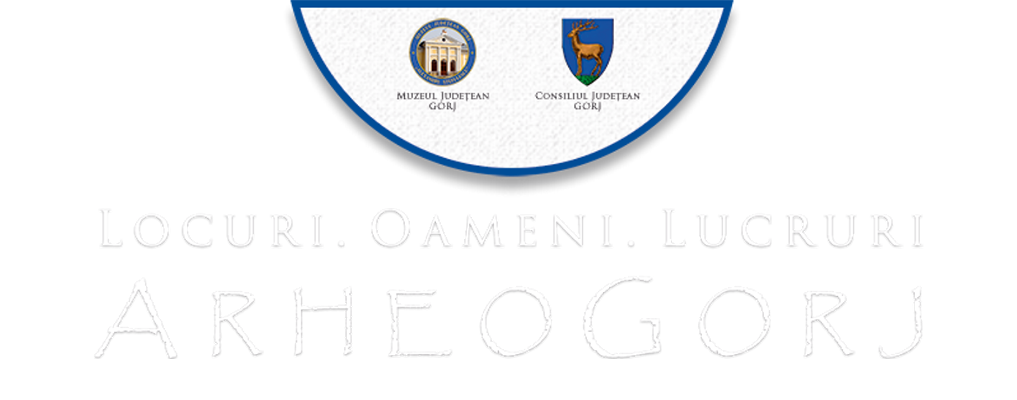
The archaeological research carried out in this point, with all its shortcomings, unveiled historical remains dating from three distinct stages of human habitation. The oldest belongs to the Bronze Age and consists of several pits with domestic waste fill and the postholes of several surface structures in which were uncovered fragments of gross ceramic pottery which are not permitting a more accurate cultural and chronological framing. These findings are probably connected to those of the Site no. 4, situated in its close proximity.
The second stage, dating during the Middle Ages (13th – 14th century), is also connected to the similar findings from Site no. 4. We deal here with structures and complexes having a role of household annexes from a scattered village, laying along the Iazului Valley.
The last habitation period dates from the end of the Middle Ages (17th – 18th century) and probably continues the previous tradition of the scattered type of settlement. This community, in spite of its agricultural occupation, was an emancipated one, in contact with the important urban media of that time. The fact is proven by the presence of some products transgressing the material possibilities of the lower class, such as the clay pipe, of good making and the pottery objects with painted decorations.
Exhibit 8
Archaeological materials dated to Medieval Period
- Clay pipe; Medieval Period (sec. XVII-XVIII)
- Jug fragment; Medieval Period (sec. XIII-XIV)
- Jar vessel fragment; Medieval Period (sec. XIII-XIV)
- Incised or grooved decorated jar fragments; Medieval Period (sec. XIII-XIV)
- Painted decoration jar fragments; Medieval Period (sec. XVII-XVIII)

